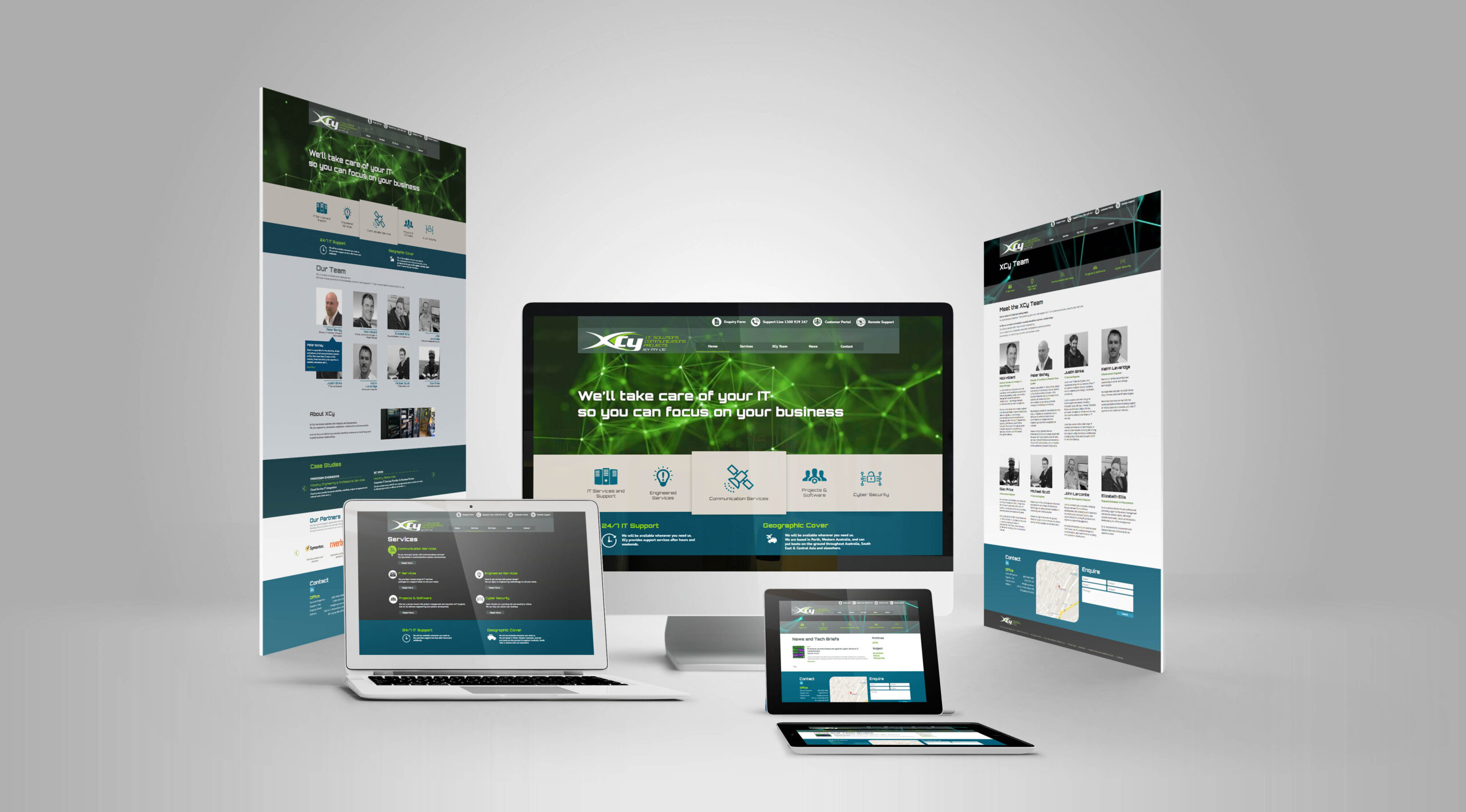Not every business starts with a perfect website.
In the beginning, a quick template often makes sense. It’s affordable, fast, and easy to launch. But as your business grows, your goals shift, and so do your website needs.
Maybe your current site feels too basic. Perhaps it appears outdated or fails to showcase what your brand truly offers. Or maybe it just cannot keep up with what you need it to do.
At some point, business owners start asking the same question. Should I stick with what I have or build something better?
This article reveals the essential realities of moving from template to custom-coded websites, driven by Alpha Efficiency’s expertise.
You’ll learn the key differences, the real benefits, and how to know if going custom is the right next step for your business.
Why So Many Businesses Start with a Template
Most businesses start small. The first website often needs to get online quickly, with a limited budget and little time to spare.
That’s where templates come in. They’re simple, affordable, and require no coding knowledge. You can choose a layout, add your content, and publish in just a few days.
What Makes Templates So Appealing?
- Lower upfront cost
Templates are often free or inexpensive compared to a custom build.
- Faster launch
No need for deep planning or development. You get something live quickly.
- No technical skill needed
Many templates come with drag-and-drop tools, so you don’t need to hire a developer.
For new businesses or solo founders, this is often the right move at the right time. The focus is on getting started and building momentum, not perfection.
But templates aren’t designed to grow with you. And that’s where the trade-offs begin.
The Hidden Limits of Template Websites
Template sites are great for getting started, but they’re not built to take you further.
As your business grows, the cracks start to show. You may notice that your site looks like dozens of others. Or that it loads slowly, feels clunky on mobile, or struggles to rank on search engines.
These things affect more than appearance. They impact trust, conversions, and revenue.
Common Limitations You May Be Facing
- Lack of flexibility
You’re limited to what the template allows. That means no custom features or tailored user experience.
- Slow performance
Too many add-ons or bloated code can slow your site down, hurting SEO and user engagement.
- Generic design
Your site should reflect your brand. A basic layout might send the wrong message.
- Scalability issues
What works for now may not work six months from now.
When your site becomes a barrier instead of a tool, it’s time to reassess.
What a Custom Coded Website Can Do Differently
A custom-coded website is built from the ground up, with your business’s unique goals in mind.
It’s not about picking a layout. It’s about creating an experience that matches your goals, speaks to your audience, and supports your strategy.
You’re not forced to fit into pre-made molds. Instead, every element can be crafted to reflect your brand and guide visitors to action.
Speed, performance, SEO structure, mobile design, it’s all tailored, not patched together with plugins. That means fewer limits, cleaner code, and more opportunities to grow.
If you’re trying to stand out, generate leads, or boost conversions, a custom site gives you tools that templates simply can’t. It helps you build trust, tell your story, and give users a reason to stick around.
For many business owners, it’s not just a website. It’s a long-term asset.
Is a Custom Website Worth It for Your Business?
A custom coded website is a bigger investment, but it pays off in the right context.
If your current site is limiting growth, switching to a custom build can open up new possibilities. Here’s how:
You gain full control over function and design.
No more workarounds or compromises. Your site does exactly what you need it to do, without relying on third-party tools.
Your brand finally stands out.
First impressions matter. A fully custom site helps your business look polished, credible, and ready for bigger opportunities.
You’re set up to grow.
Templates do not box you in. As your business evolves, your site can evolve too, without starting over.
It works harder for your goals.
From SEO to user experience, every part is built with strategy in mind. That means more traffic, better engagement, and stronger results.
How to Decide What’s Right for Your Next Stage
A website is more than a placeholder. It’s often the first impression people get of your business.
Templates can be a great start, but they’re not built for long-term growth.
If your site is holding you back, going custom might be the next smart step.
The key is choosing a solution that aligns with where your business is today and where you want it to go tomorrow.

